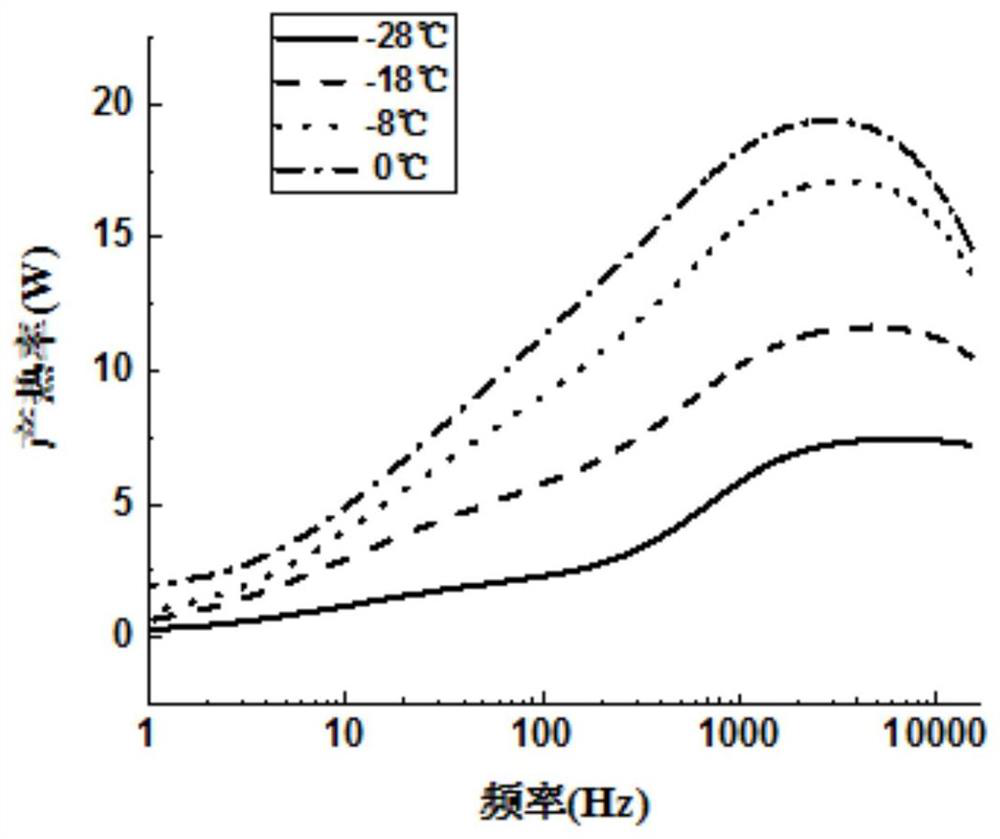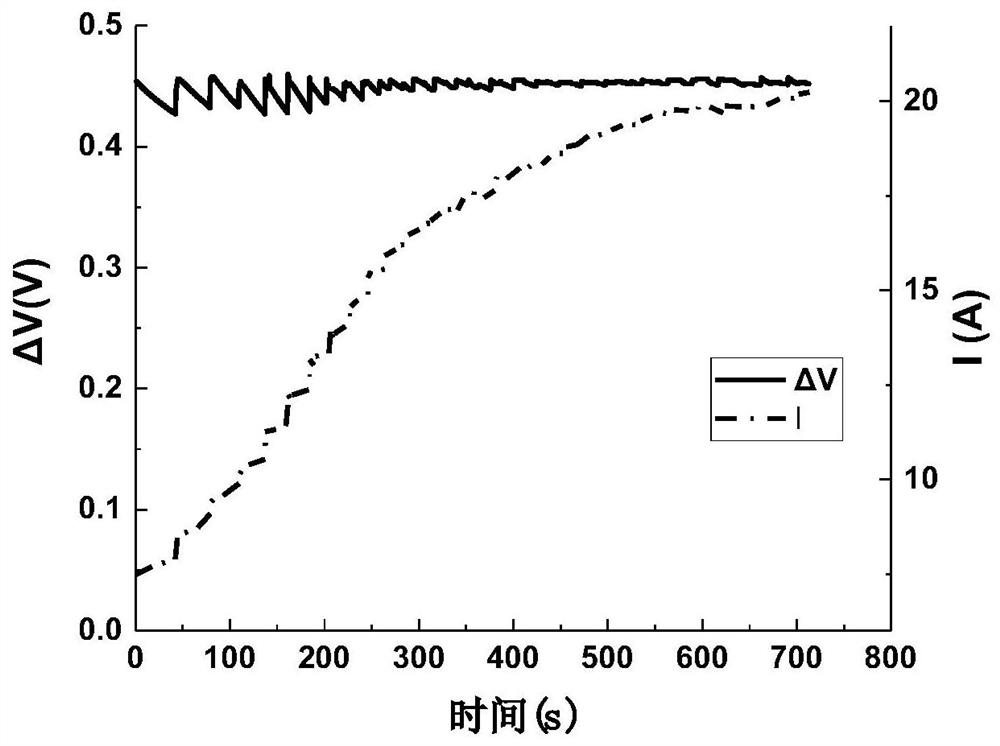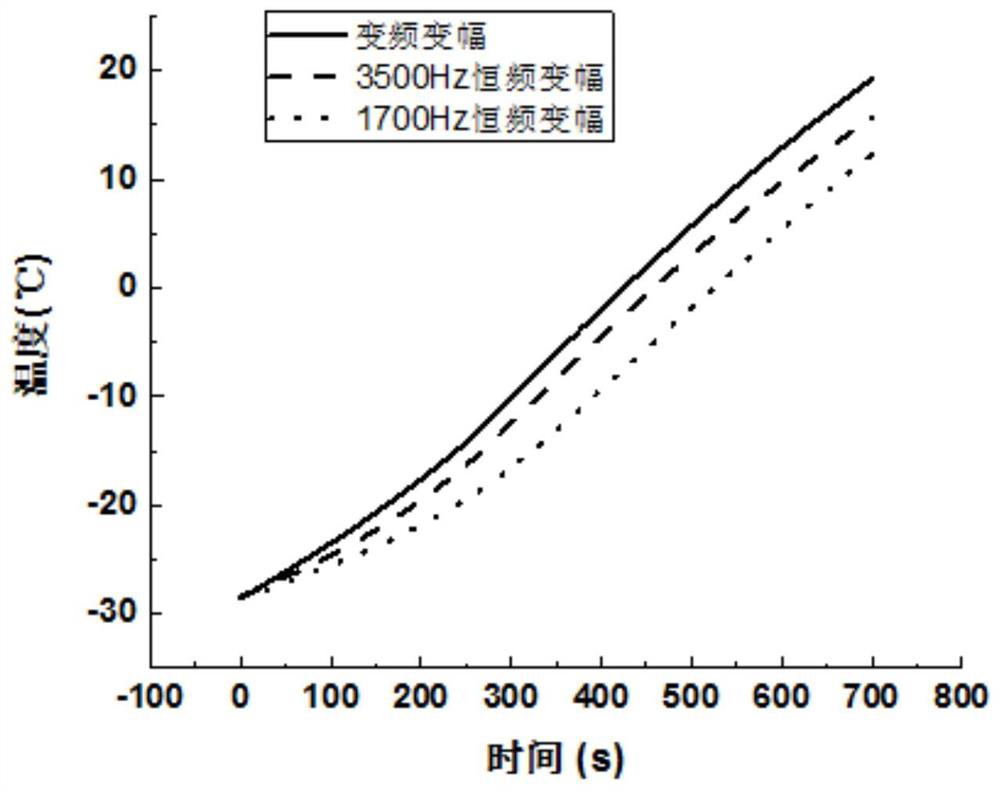Frequency-variable-amplitude AC low-temperature self-heating method for lithium-ion batteries
A lithium-ion battery, self-heating technology, applied in secondary batteries, circuits, electrical components, etc., can solve the problems of large impact on battery life, uneven battery temperature distribution, low heat generation rate, etc., and achieve fast heat generation rate , The effect of shortening self-heating time and fast self-heating rate
- Summary
- Abstract
- Description
- Claims
- Application Information
AI Technical Summary
Problems solved by technology
Method used
Image
Examples
Embodiment Construction
[0037] The present invention will be described in further detail below in conjunction with the accompanying drawings.
[0038] Such as Figure 5 As shown, the low-temperature self-heating method of variable frequency and amplitude of the lithium-ion battery described in the present invention is based on a sinusoidal AC signal with a constant sinusoidal AC polarization voltage amplitude and an optimal heating frequency to self-heat the lithium-ion battery. The specific steps are:
[0039] S1. Determine the polarization voltage amplitude range that has no impact on the life of the lithium-ion battery and is safe to use, and select the sinusoidal AC polarization voltage amplitude according to the polarization voltage amplitude range, and according to the sinusoidal AC polarization voltage amplitude and the current The internal resistance of the battery at temperature determines the amplitude of the sinusoidal alternating current;
[0040] S2. Under the selected sinusoidal AC pol...
PUM
 Login to View More
Login to View More Abstract
Description
Claims
Application Information
 Login to View More
Login to View More - R&D
- Intellectual Property
- Life Sciences
- Materials
- Tech Scout
- Unparalleled Data Quality
- Higher Quality Content
- 60% Fewer Hallucinations
Browse by: Latest US Patents, China's latest patents, Technical Efficacy Thesaurus, Application Domain, Technology Topic, Popular Technical Reports.
© 2025 PatSnap. All rights reserved.Legal|Privacy policy|Modern Slavery Act Transparency Statement|Sitemap|About US| Contact US: help@patsnap.com



